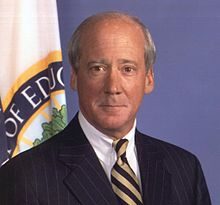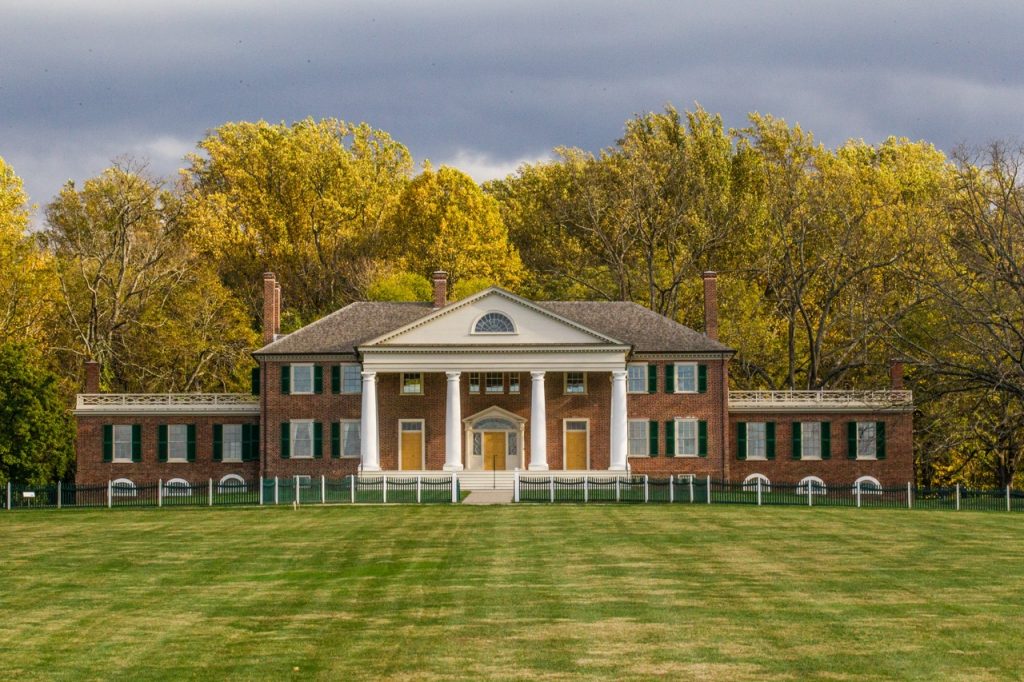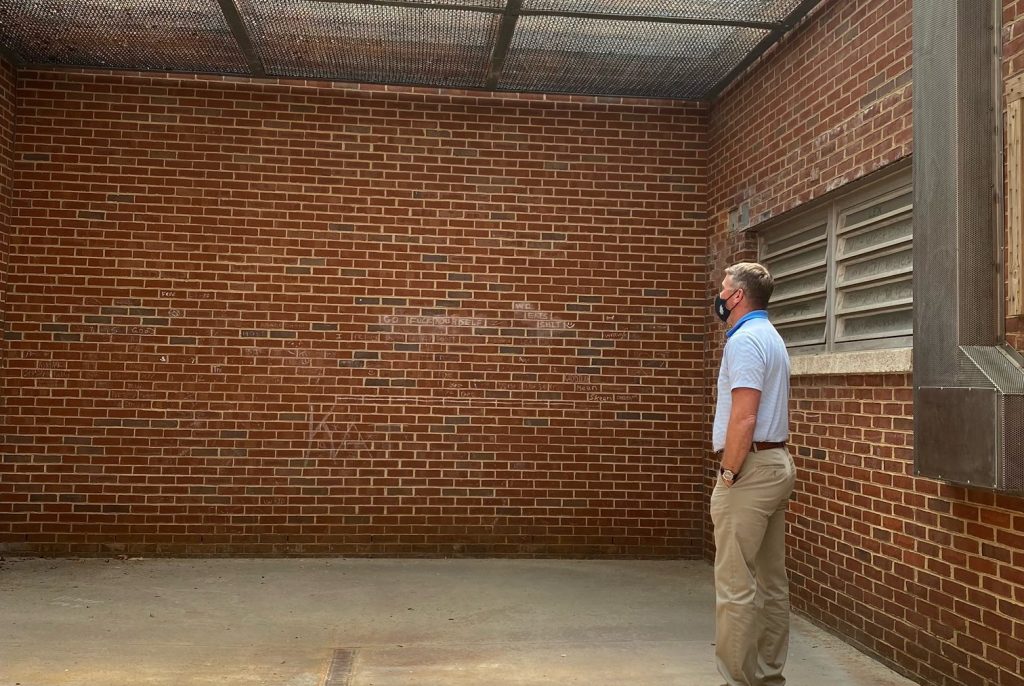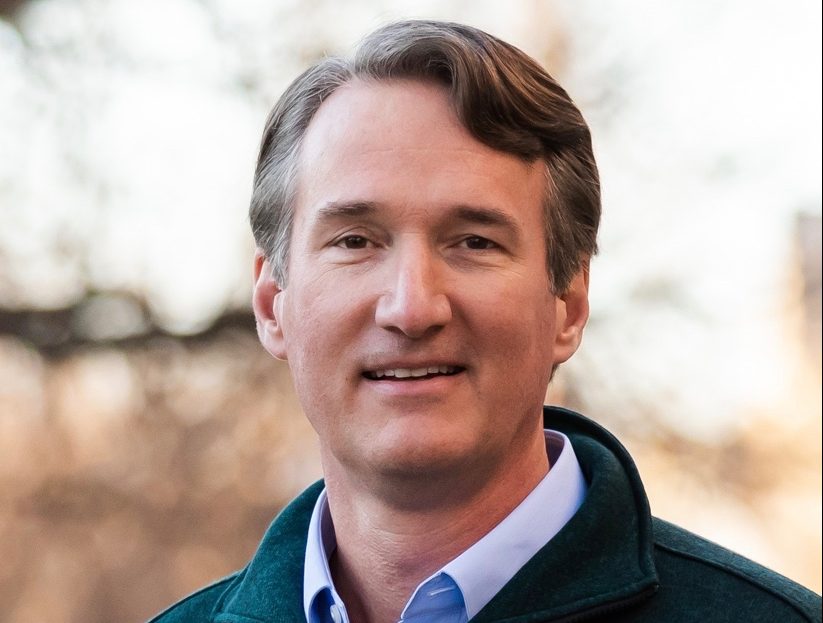May Shows
Artistic Remedies for Creative Hearts 8767 Seminole Tr., Ste. 101, Ruckersville. “The Birds and the Bees” by Sigrid Eilertson and “The Dream Weave—Everything We Dream About in Life and in Sleep,” an ARCH members exhibit. Opens May 14.
Baker Gallery Woodberry Forest School, 898 Woodberry Forest Rd. “INTO THE LIGHT” features works by 12 members of BozART Fine Arts Collective in celebration of the group’s 27th year. Through June 5. Artist reception May 22.
The Bridge Progressive Arts Initiative 209 Monticello Rd. “Nosotros” (us, we), a collaboration by Kris Bowmaster and Chicho Lorenzo. Through May 30.

The Center at Belvedere 540 Belvedere Blvd. HE “ART” featuring Joan Dreicer, Matalie Deane, and Julia Kindred. Through June 30. .
Chroma Projects Inside Vault Virginia, Third St. SE. “High Wire,” a collection of new dimensional wall work by Kim Boggs. Through May 27.
Create Gallery at InBio Silk Mills Building, 700 Harris St. “Resilience of Humanity,” works from members of the Fiber and Stitch Art Collective. Through May 22.
Crozet Artisan Depot 5791 Three Notch’d Rd. “Shots from the Shenandoah,” a collection of photography featuring Shenandoah Valley-based landscapes, nature, and astrophotography by Erin Harrigan. Through May 31. Artist reception May 14.
C’ville Arts Cooperative Gallery 118 E. Main St., Downtown Mall. “Second Chances are Here,” whimsical and environmentally conscious works by tinkering guru, clockmaker, and upcycling artist Allan Young.
Jefferson School African American Heritage Center 233 Fourth St. NW. “Memory Quilts” displays nine quilts by Deloris Thomas that explore the relationship between color and form and utilize old patterns, some associated with the Underground Railroad. “Picturing Climate Justice” features photographs, artwork, and maps alongside interactive data tools to shed light on the nature of climate injustice in our region. Through June 4 and May 28, respectively.
Les Yeux du Monde 841 Wolf Trap Rd. “Modern Alchemy,” works by Rosemarie Fiore and Ana Rendich. Through June 26.
Live Arts 123 E. Water St. “Confluence,” a series of small semi-abstract mixed media landscapes by Andrew Sherogan. Through May 31.
The Looking Glass IX Art Park 522 Second St. SE. Ste D. “Sanctuary” a new permanent interactive installation by Kathryn Wingate using conductive paint, UV paint, foam, and mixed media.
Loving Cup Vineyard & Winery 3340 Sutherland Rd., North Garden. “There is Beauty in Color,” works by Sara Gondwe using a melted crayon technique. Through May 29.
McGuffey Art Center 201 Second St. NW. In the Smith Gallery, works by Klaus Anslem and Joan Griffin. On the first floor, works by Judy McLeod. On the second floor, “Water Works.” Through May 29.
McIntire Connaughton Gallery Rouss & Robertson Hall, UVA Grounds. “2 Plein Air Painters,” oil on linen, oil on linen panel, and oil on canvas by V-Anne Evans and Lee Christmas Halstead. Through June 13.
New City Arts 114 Third St. NE. “Sally Hemings University Connecting Threads (SHUCT),” an exhibition of work made by students of April Fellow Dr. Lisa Woolfork and Tobiah Mundt. May 6-7.
Piedmont Place 2025 Library Ave., Crozet. In the second floor hallway, “A Little Bit of This and That,” varied works by six members of BozART Fine Arts Collective. Through June.
PVCC Gallery V. Earl Dickinson Building, 501 College Dr. The Annual Student Exhibition features a curated selection of works by student artists from the latest academic year. Artistic media include painting, drawing, ceramics, graphic design, digital media, sculpture, and more. Through September 9.
Random Row Brewing Co. 608 Preston Ave. “From Land and Sea,” works by watercolorist Juliette Swenson and digital photo collage artist TJ Drake. Through June 30.
Second Street Gallery 115 Second St. SE. In the Main Gallery, “Pathways,” layered mixed-media paintings by Francisco Donoso. In the Dové Gallery, “Community Lost & Found,” a solo exhibition featuring new paintings by Christina Flowers. Through May 27.
Shenandoah Valley Art Center 126 S. Wayne Ave., Waynesboro. In the Invitational Gallery, works by Gail Haile; in the Hallway Gallery, works by Dana Wheeles. In the Member’s Gallery, “White,” works by SVAC members in a variety of mediums. Through May 28.
Studio IX 969 Second St. SE. “WANDER and BLOOM” features works by self-taught fiber artist Tobiah Mundt as part of the Prolyfyck Exhibition Series. Through May 29.
Vault Virginia 300 E. Main St. “The Memories Won’t Fade Away,” a group exhibition featuring works by Brittany Fan, Lucy “Clare” Spooner, and Lauchlan Davis. Through July 15.
Visible Records 1740 Broadway St. “Future Elsewhere: Dreams are transitory things,” an exhibition by Dana Washington-Queen.
Vitae Spirits Distillery 101 E. Water St. Photographs of vernacular architecture and innate cultural landscape context by Gary Okerlund.
Correction: This post was edited to correct the location of the show at Vitae Spirits Distillery.





















